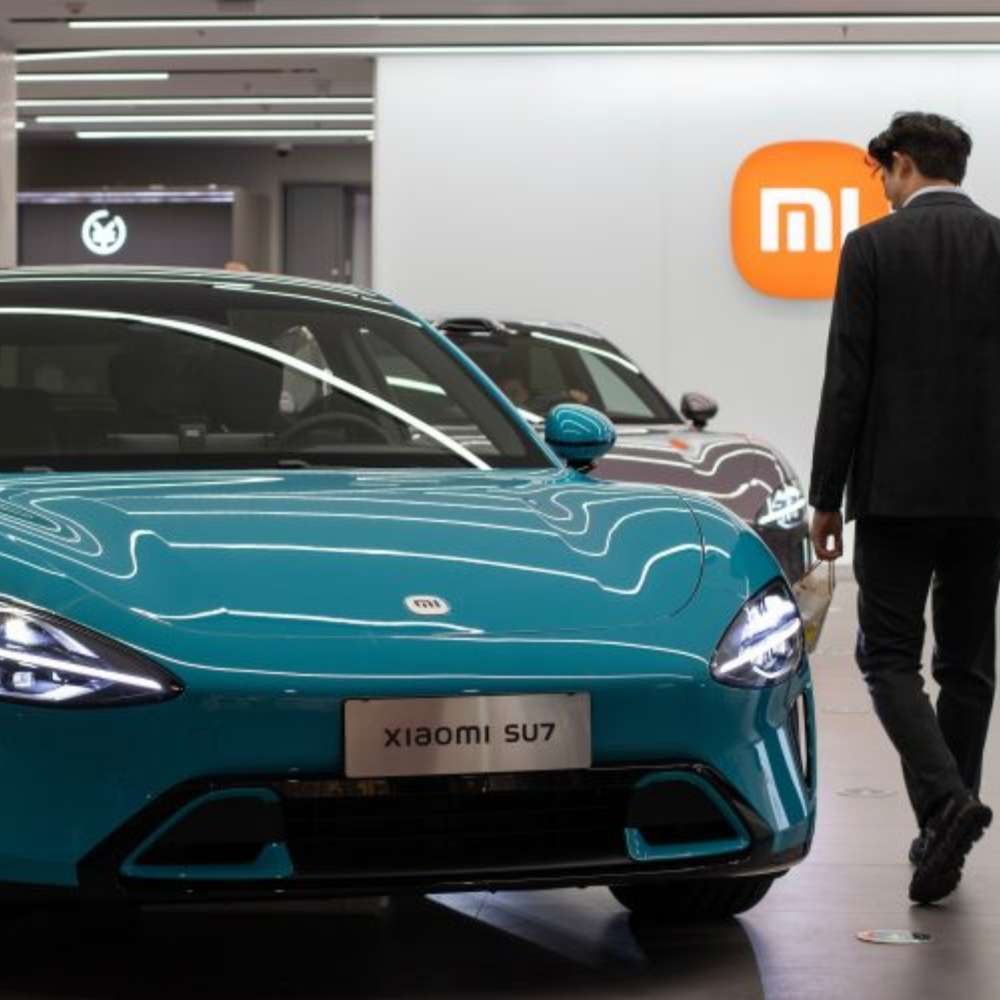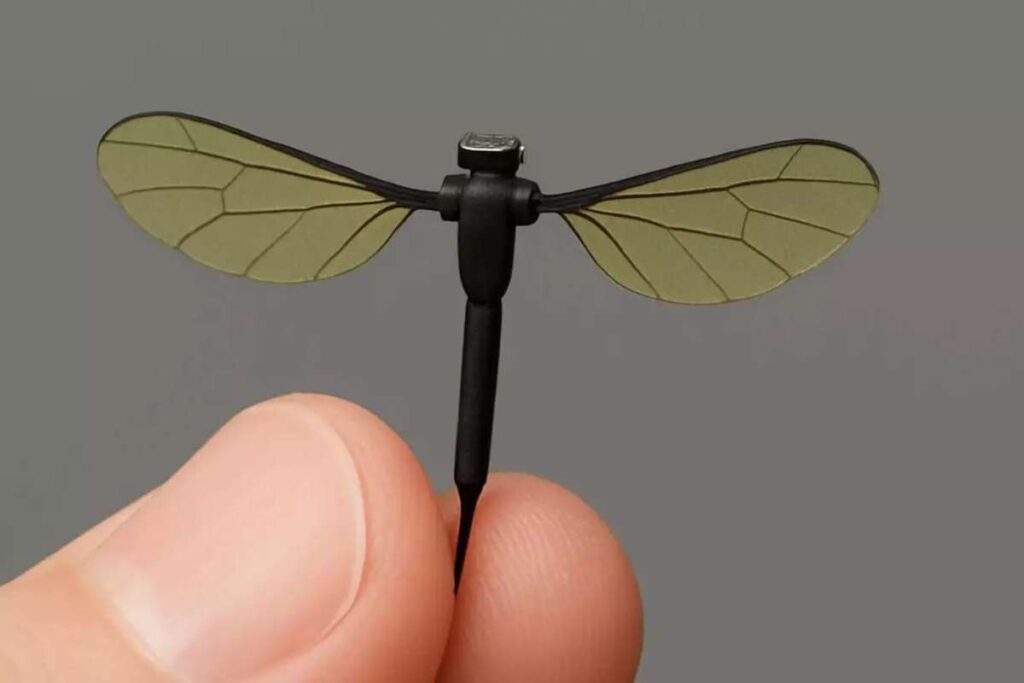In a recent support document, Microsoft has signaled a significant shift in its approach to printer drivers in Windows, heralding the beginning of the end for third-party printer drivers. Instead of the multitude of bespoke drivers tailored to individual printers and scanners, Windows will transition to a universal “class driver” that supports Internet Printing Protocol (IPP) and other industry standards advocated by the Mopria Alliance. This transformation aims to streamline printer driver management and enhance compatibility, with a phased rollout commencing in 2025.
Starting in 2025, Microsoft will cease to accept new third-party printer drivers through Windows Update.
While updates to existing printer drivers will still be permitted, the addition of drivers for new printers will no longer be supported. By 2026, all printers connected to a Windows PC will default to the built-in class driver, even if a customized third-party alternative exists. The final stage, set for 2027, will restrict updates for printer drivers in Windows Update to security-related fixes exclusively.
Implications for Users and Legacy Printers
For users dependent on third-party drivers to operate older printers lacking Mopria or IPP support, there’s no immediate cause for concern. Third-party print drivers will continue to function on Windows for the foreseeable future. The support document explicitly states that existing drivers can still be installed through Windows Update or manually downloaded and installed by users. Additionally, Microsoft intends to maintain its practice of signing new printer drivers as part of the Windows Hardware Compatibility Program. However, post-2025, these drivers will no longer be integrated into Windows Update.
The gradual phasing out of third-party printer drivers has generally been met with enthusiasm, given the often finicky nature of these drivers during fresh Windows installations. Frequently bloated with extraneous features, third-party drivers have historically posed challenges for users, especially when manufacturers neglected to release updated drivers for newer Windows releases. The transition to class drivers for printers, which function as a single driver accommodating various devices with similar functionality, mirrors the simplicity already enjoyed with mouse or keyboard drivers. This shift ensures that older printers will remain compatible with evolving software, irrespective of the manufacturer’s involvement. Printer manufacturers can still support specialized features and promote ink and toner products through optional Print Support Apps available on the Windows Store.
Industry Trends and Future Outlook
Microsoft’s decision to phase out printer-specific third-party drivers aligns with the industry’s trajectory. Most contemporary print and scan devices already support Mopria, and IPP has been a standard feature in printers since the early 2010s. Apple, in a similar vein, began the process of deprecating third-party macOS printer drivers in favor of IPP-based AirPrint back in 2019.
While the transition away from third-party printer drivers promises a more streamlined experience, it’s worth noting that the printer-related frustrations of phantom paper jams, network disconnections, firmware-imposed proprietary ink requirements, and ink-dependent scanners are unlikely to vanish anytime soon. In the realm of technology, it seems that some printer woes are here to stay, reminding us that the path to a truly frictionless printing experience is still a journey in progress.








